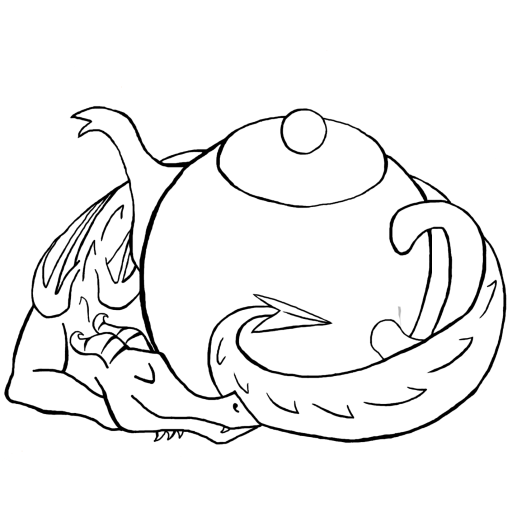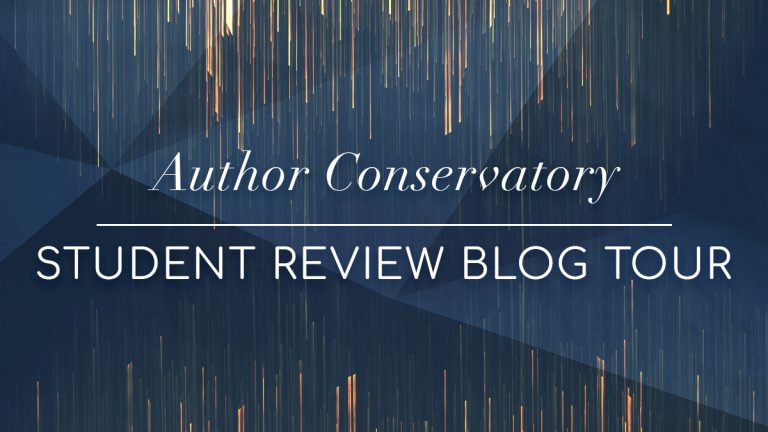Review: Ender’s Game
No one has three children but Ender is a third child, a result of genetic experimentation, following on from his genius older siblings, a callous brother and a compassionate sister. As the perfect blend of them both, he is recruited to Battle School where his teachers abandon him to fend for himself in the brutal environment.
Back on earth, his ambitious older brother has convinced his sister that they can change the world. They pose as thinkers and politicians online and soon begin to exert an influence.
By this point, Ender is nine years old and excelling in Battle School, learning to fight the century-long alien threat, the Buggers. While his siblings begin to take over the world below, pressure mounts as Ender is pushed to play more and more intense battle games under the watchful eyes of his superiors. But what if it’s more than a game? And what if Ender is not being trained, but used?

The Book by the Cover
I hadn’t read much in the way of sci-fi set in space when my dad first recommended the book to me. This was just under a decade before the movie was released, which meant that it didn’t have Asa Butterfield all over the cover. I seem to remember it being silver but I don’t remember the details. Orson Scott Card is an excellent author to introduce you to sci-fi.
At that point, I was mostly reading high fantasy but the sleek cover and the idea that it was about a boy who goes to a special school to help save the planet appealed. Like I say, I hadn’t read much that had been set in space, it sounded like a cool story, and my dad recommended it. Had I been perusing a book shop, I doubt it is the sort of thing that would have drawn my attention.
On the Inside
Each chapter begins with two unidentified characters talking about Ender. They seem to be monitoring him and discussing his progress. This is helpful because the story is told in third person but is limited almost completely to Ender’s point of view (though there are times when it jumps to his siblings, Peter and Valentine). It gives you a different insight into what is happening.
The character development is excellent. The three siblings are very different from one another but they also have traits in common that bond them as a family. Peter, with his hunger for violence and power, works as a foil to his little brother, who uses violence when necessary but hates it. On the flip side, Valentine is anti-violence, nurturing Ender’s desire for peace.
The main character is only six years old when the story begins and although he’s a genius, his youth does show — and continues to show as the book progresses. At the same time Orson Scott Card develops him from a reluctant child to an efficient battle commander over the course of the novel. It’s interesting to see Ender’s similarity to his siblings swing back and forth under different circumstances. This is particularly clear when he beats up a bully in self-defense. The violence and the willingness to commit it is reminisce of Peter but the degree of Ender’s distress when he later discovers he killed the boy is like Valentine. He’s interesting because he’s everything Peter could have been if Peter had a heart, and what Valentine should have been if she only understood that sometimes it’s necessary to fight.
Besides character development, the world-building was top-notch. Ender’s Game takes place in a universe where space travel has been invented but it still takes a long time to travel any distance. Because of this, war with an alien race called the Buggers has been ongoing for over a century and the search for the perfect commander to defeat them has been going on almost as long.
The Buggers are an ant-like species who swarm when under threat. They’re also a telepathic race, controlled by their Queen and useless without her. **Potential Spoiler Warning (but it’ll only really make sense if you’ve already read the book): Ironically, in their quest to make him the commander they need to win the war, Ender becomes the human version of the Bugger Queen. This is a subtle point made by Orson Scott Card but it’s a powerful one **potential spoiler ended**.
Some reviewers believe that the novel should have ended with the final battle, and that the following chapters dragged the story out longer than necessary. I would disagree. If the book was about defeating the scary aliens then yes, those reviewers are correct. But rather than give away what happens, I will just say that Ender’s Game was never about defeating the Buggers. It was about Ender growing up and trying to work out who he is while everyone around him is using and shaping him for their own ends. With this in mind, those final chapters were necessary for the completion of Ender’s character arc. Without them, he would have had no closure as a character and be left with no sense of purpose or meaning.
Content
Ender’s Game is not a children’s book, though it is about a child. With this in mind, there are necessary content warnings. As you may have gathered from various comments made above, there is violence. I don’t normally bother to warn against the occasional fight but when I said that Peter was violent, he is violent. There is a scene in which their parents have moved the family to a more rural location in the hope that it settles Peter down being among nature. He gives all appearances of being more reasonable but there is a scene where this illusion is shattered. Valentine stumbles across him crouched over a squirrel, pinned by its paws to the ground and Peter is taking great pleasure in skinning it alive.
There are also a couple of scenes in which Ender defends himself against others. One of those scenes is the one where he accidentally kills the boy who attacks him (he thinks he has knocked him out at the time, as far as I remember).
There’s a computer game that Ender plays too, which is designed to challenge the player, and adapts itself to mess with the player’s head. There is at least one moment when Ender is playing and he does things that aren’t pleasant.
Apart from all of this, there is no real romance and most of the battles (mock and questionable) take place on computers and are more like playing strategy games. All violence in the book serves a purpose in the story and even as someone who doesn’t care for gore, I had no problem with it.
Overall
Ender’s Game is, in my mind at least, a sci-fi classic. I enjoyed reading it and am working on reading the two in the Ender Quartet that I haven’t reached yet. As a child, I found it compelling and exciting and sympathised with a number of the characters. Those I didn’t like, I still appreciated and having re-read the novel as an adult, I found it as compelling as I did a decade ago.
It’s difficult to tell whether the book is character driven or plot driven but I loved both aspects and remain in awe of Orson Scott Card’s world-building capabilities (particularly in light of the following book, Speaker for the Dead). Though there was a little violence that made me squirm (I hated Peter), it was meant to and it served a purpose.
It’s a great book the first time round and an enjoyable read but it was one of those books I enjoyed once I was older too, as I was able to pick up on things I had missed the first time round and appreciated some of the subtleties much more.
I wouldn’t recommend it for under tens but anyone older than that could probably manage. If you have boys who are struggling to find non-girly books to read, or boys who don’t seem to be that interested in reading, it’s worth giving them a copy of Ender’s Game.
Favourite Character: Ender or Mazer Rackham.
Favourite Part: The final chapters, like I said, they were necessary (and moving) closure. Or maybe the scene on the lake with Ender and Valentine where you see just how much it has changed him.
Favourite Quote: ‘Perhaps it’s impossible to wear an identity without becoming what you pretend to be.’
Or
“What am I now, Alai?”
“Still good.”
“At what?”
“At–anything. There’s a million soldiers who’d follow you to the end of the universe.”
“I don’t want to go to the end of the universe.”
“So where do you want to go? They’ll follow you.”
I want to go home, thought Ender, but I don’t know where it is.
Rating: four out of five of Mazer Rackham’s tattoos.
If you liked this, you might like: Speaker for the Dead (Ender Quartet book 2) by Orson Scott Card; A Stainless Steel Rat is Born by Harry Harrison (for sci-fi); and Beyond the Deepwoods by Paul Stewart (for world-building and encouraging boys to read).
Even though the book is better (more substance to it), the movie is still pretty good so here’s the trailer for your viewing pleasure:







